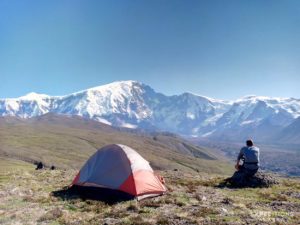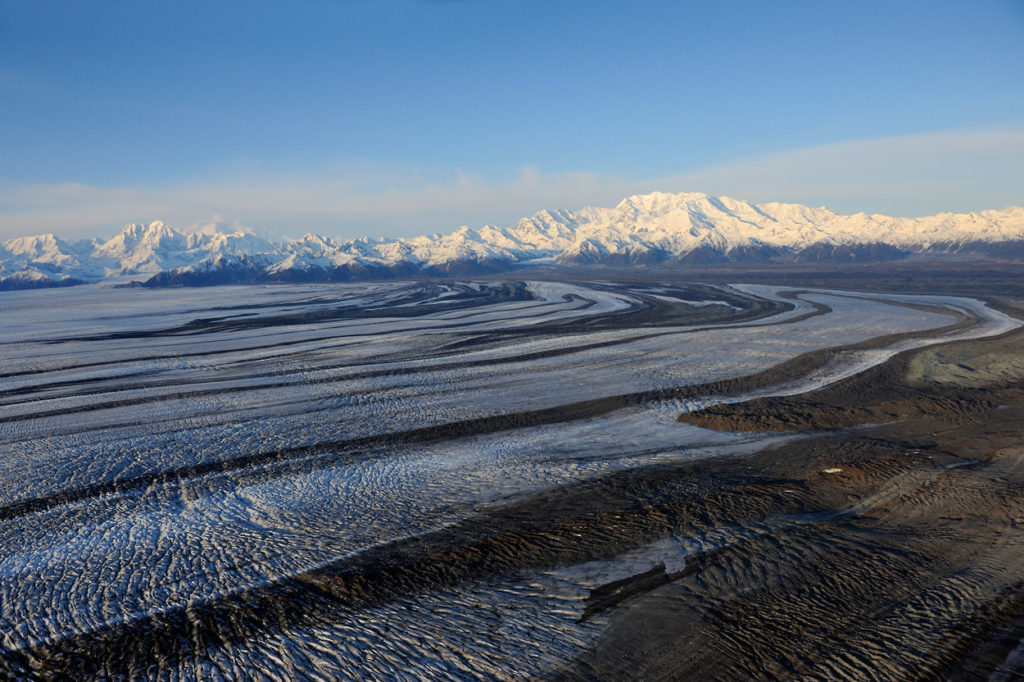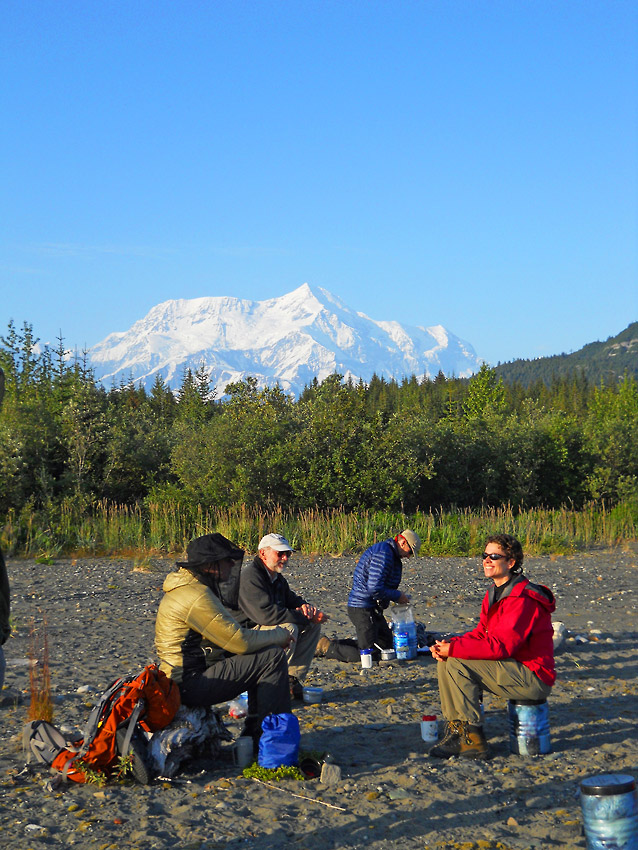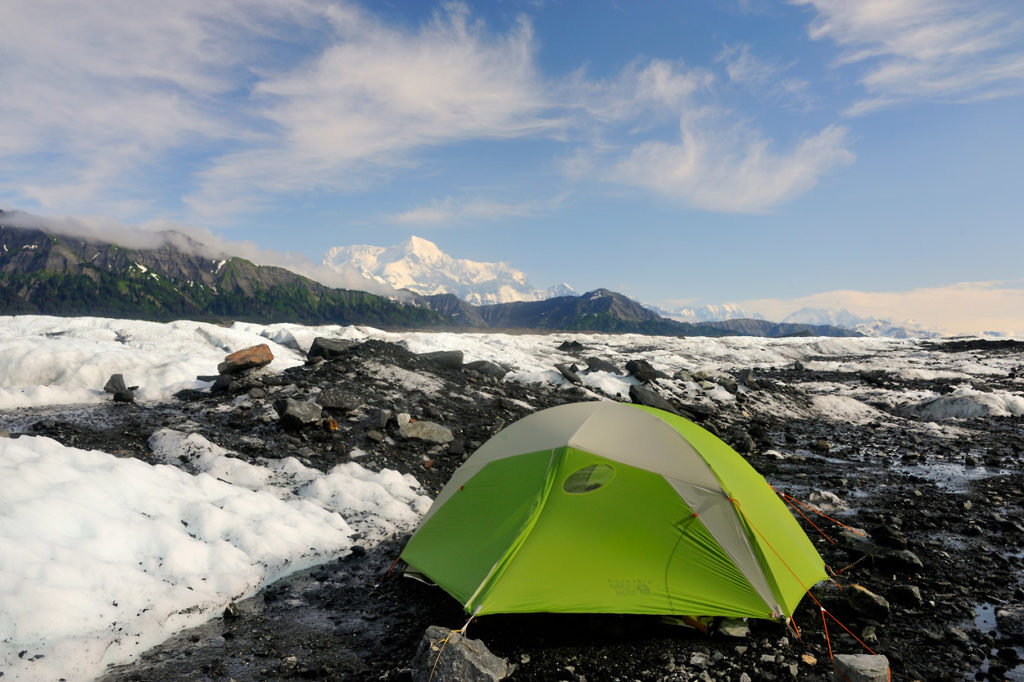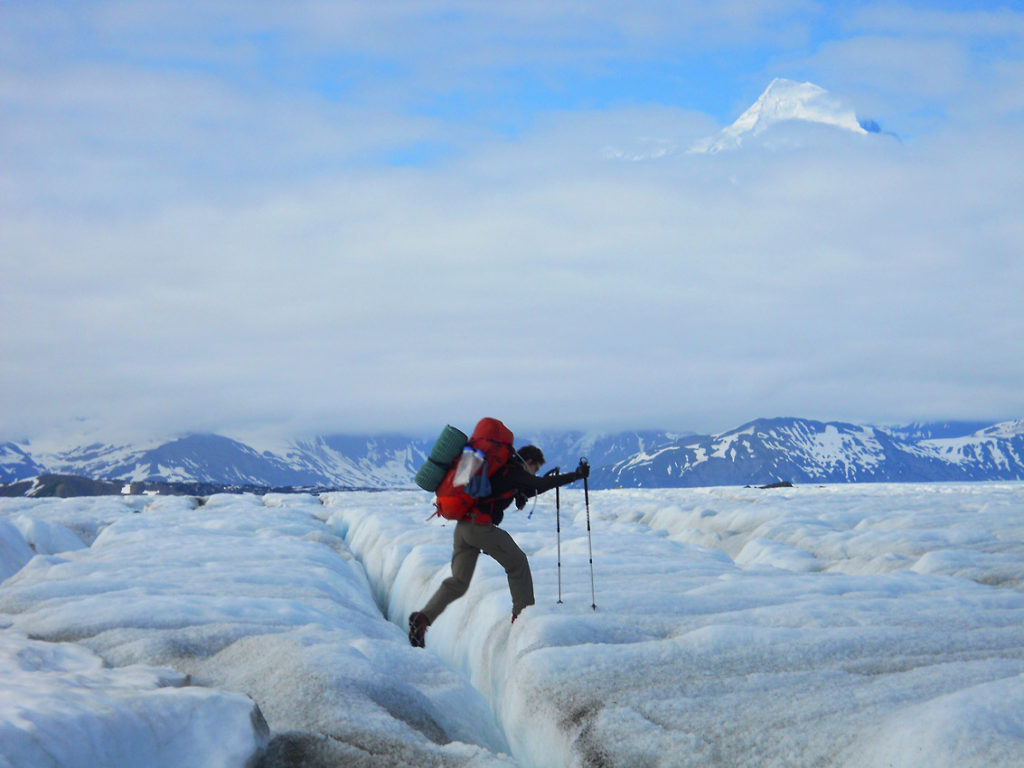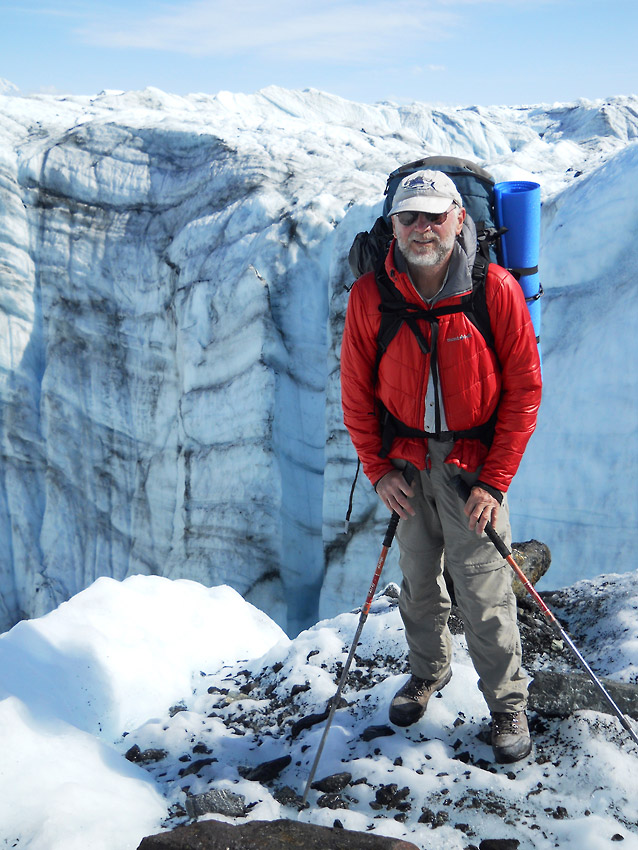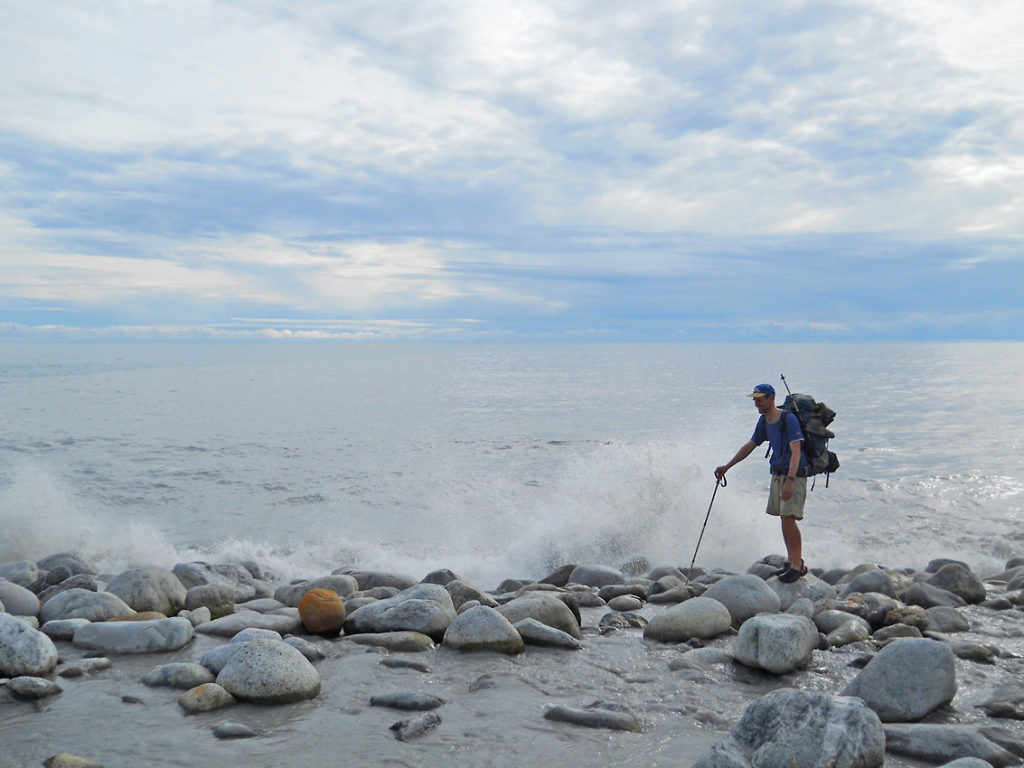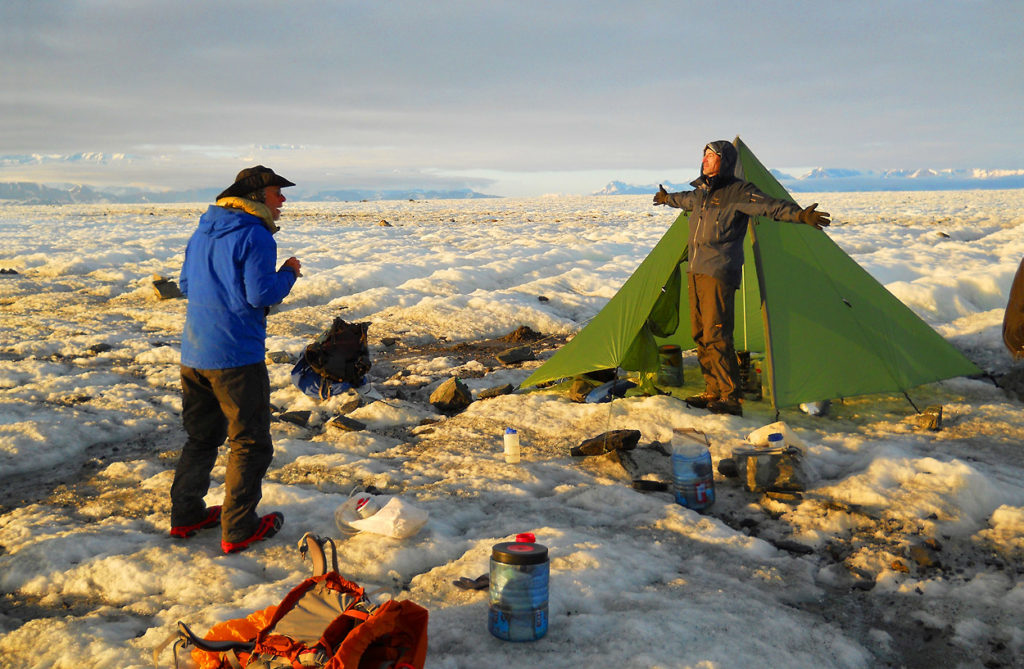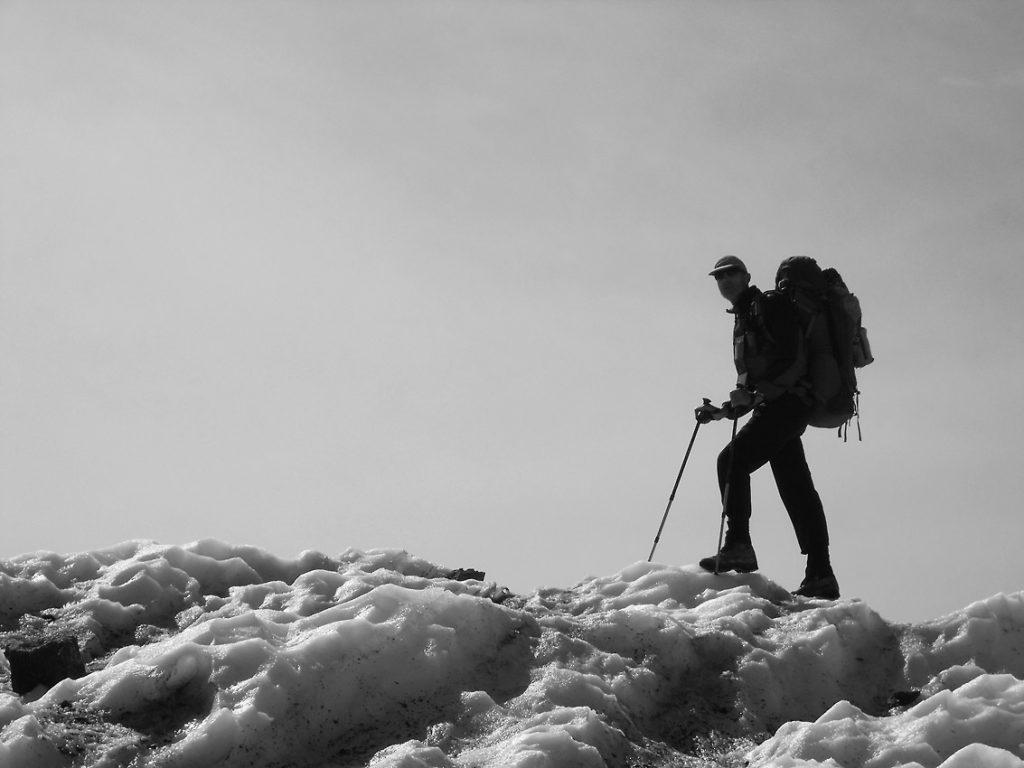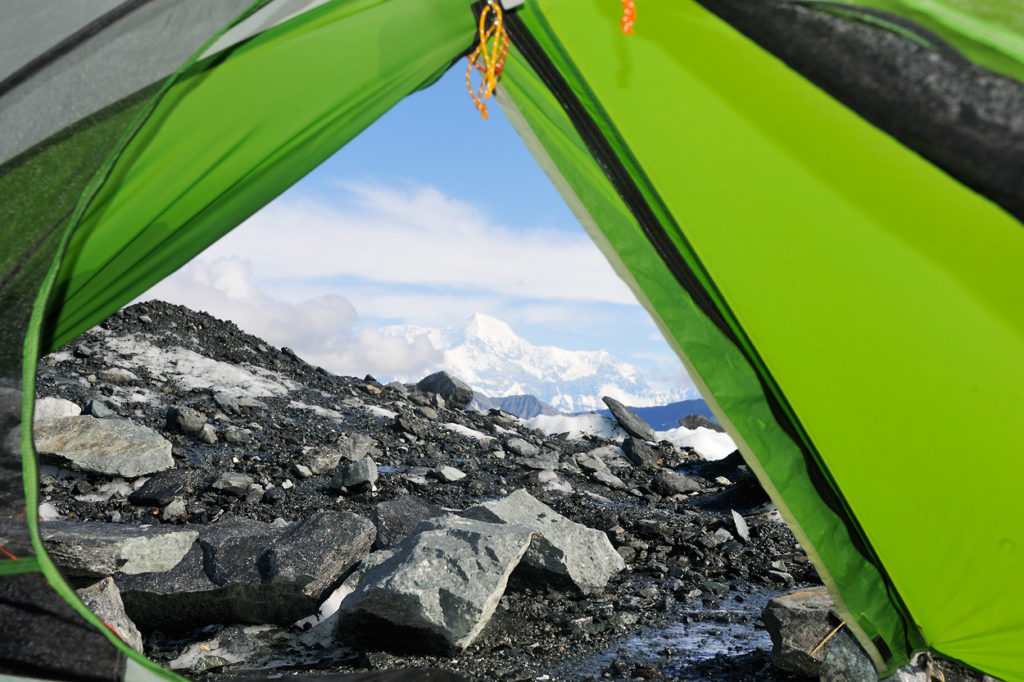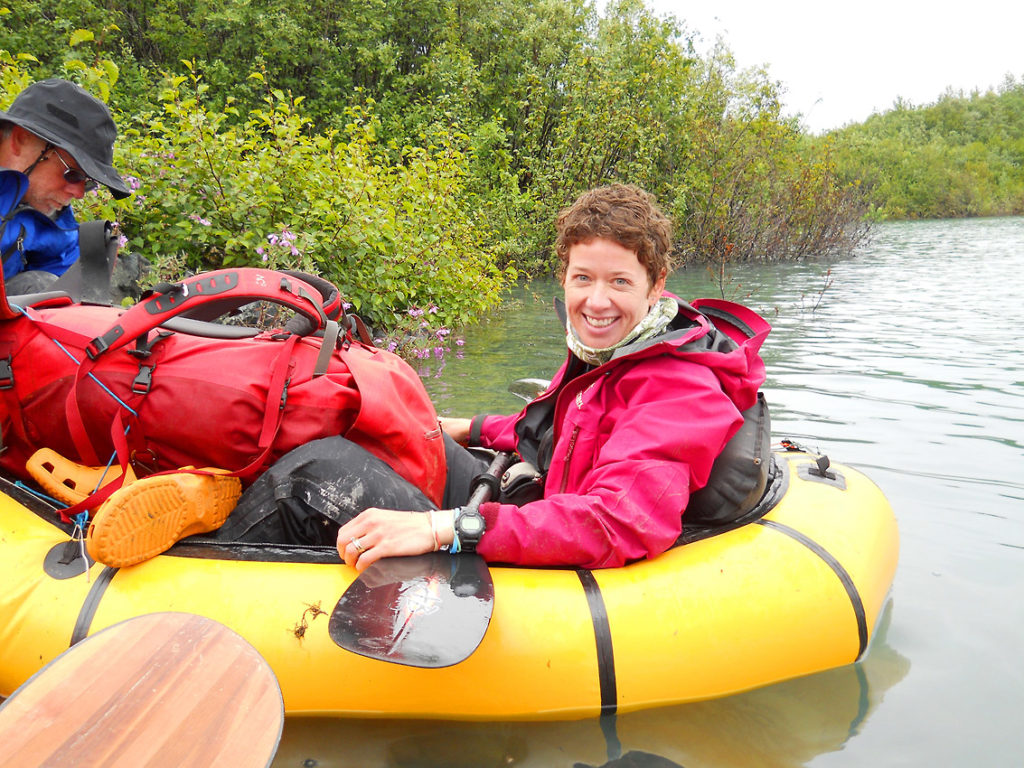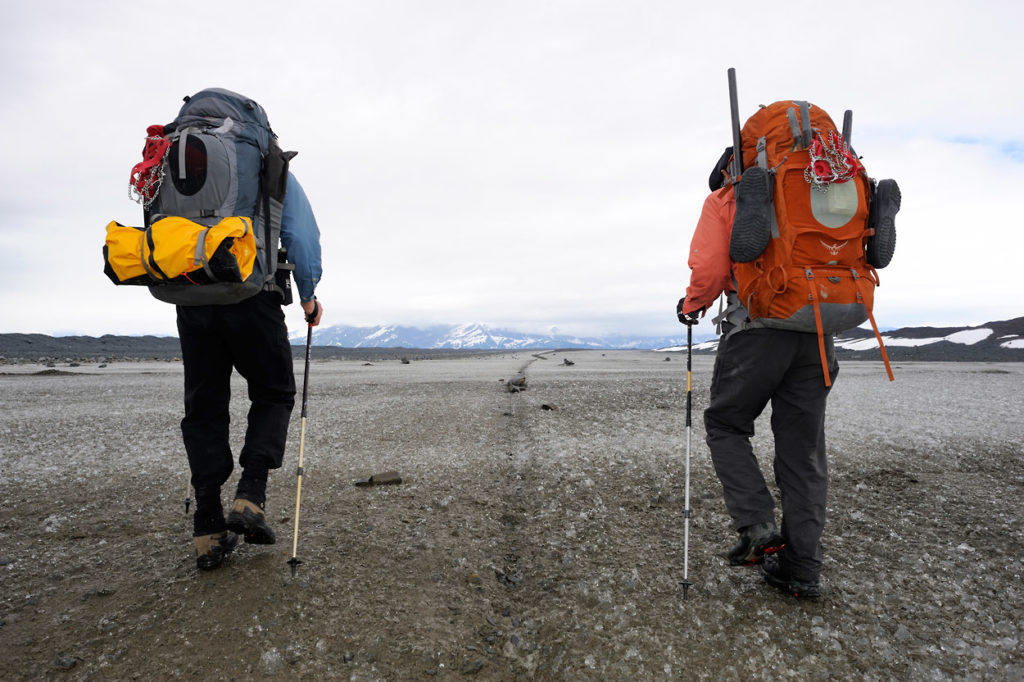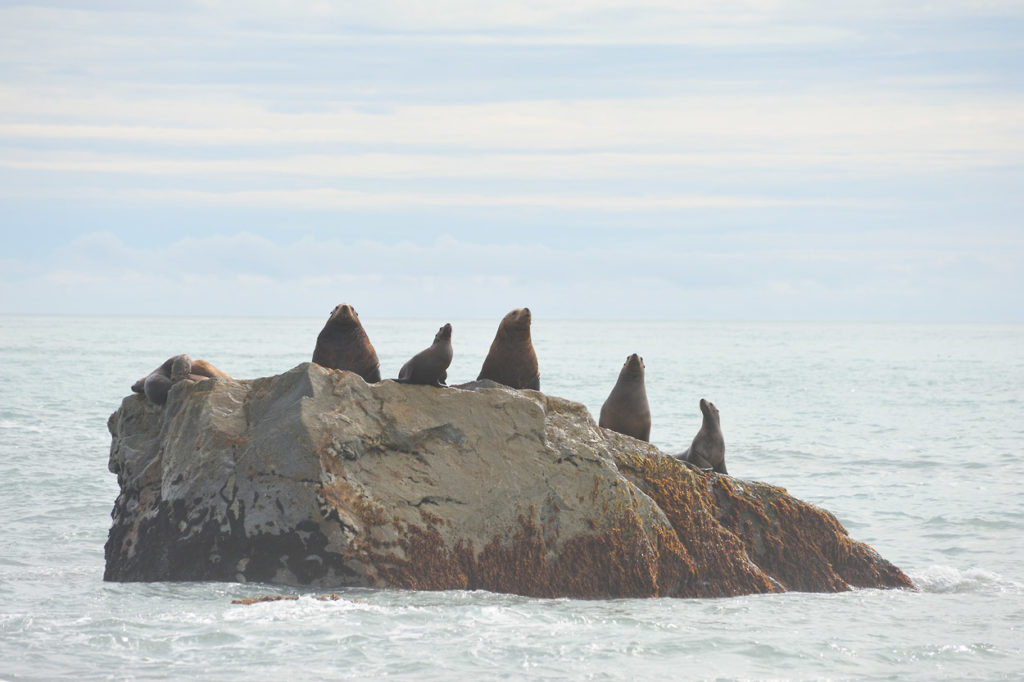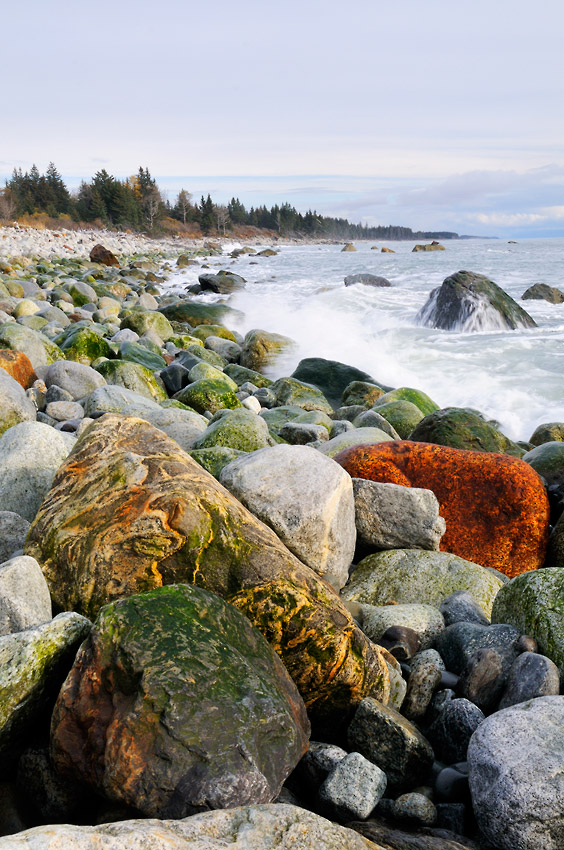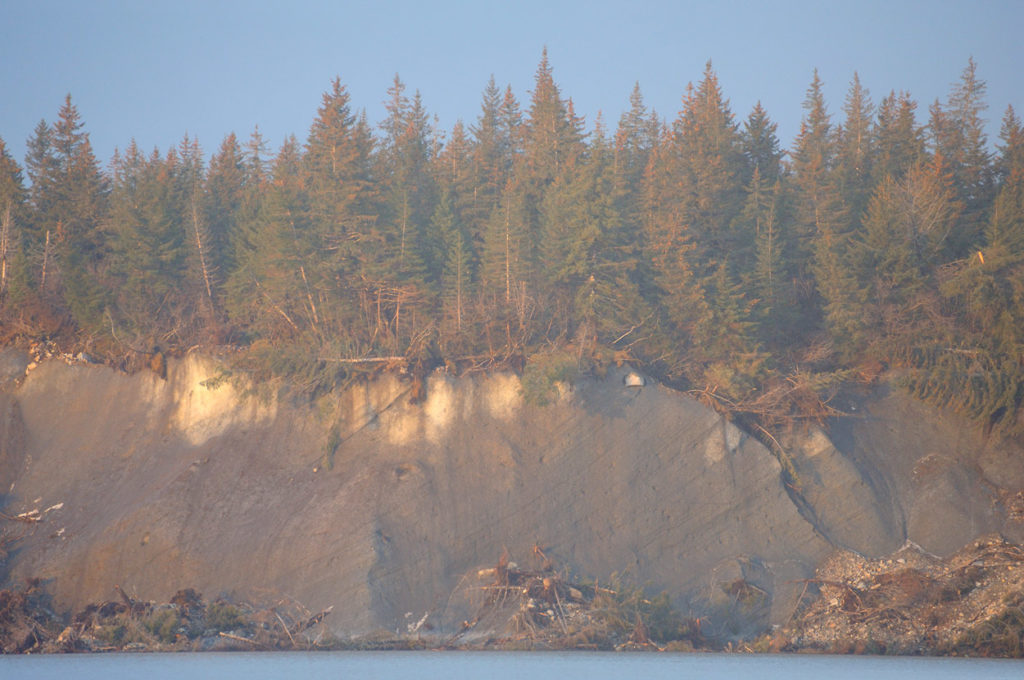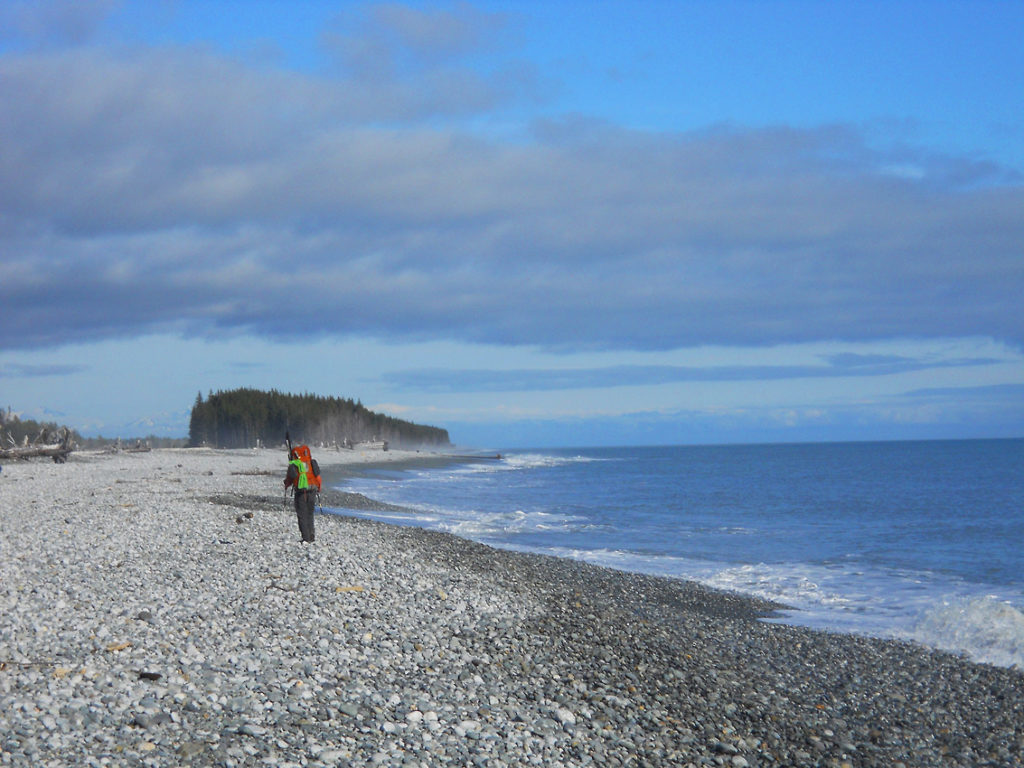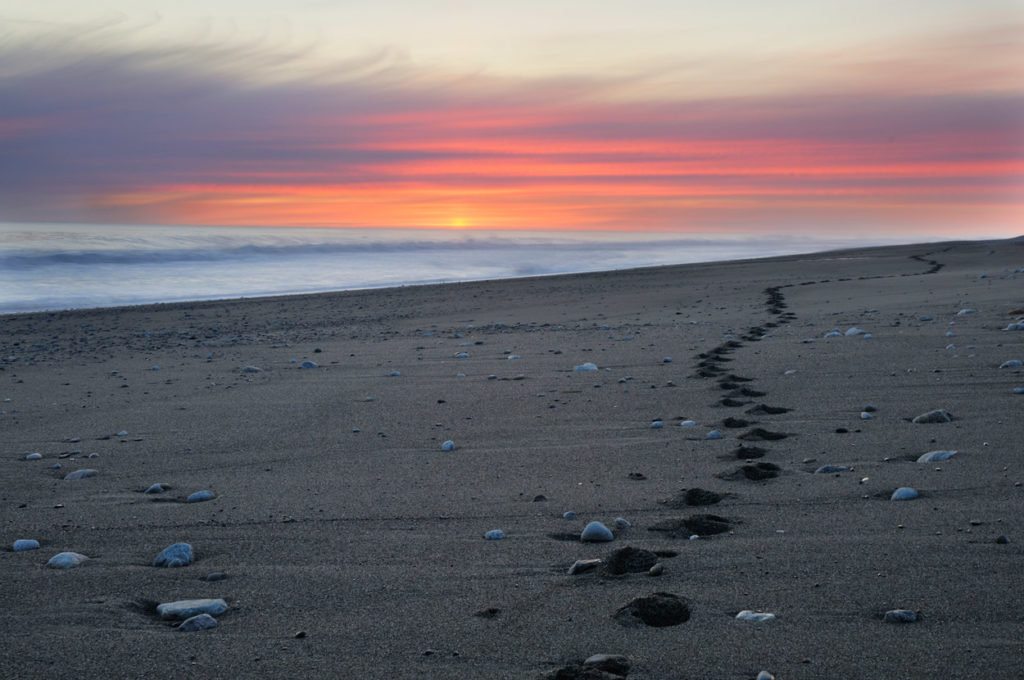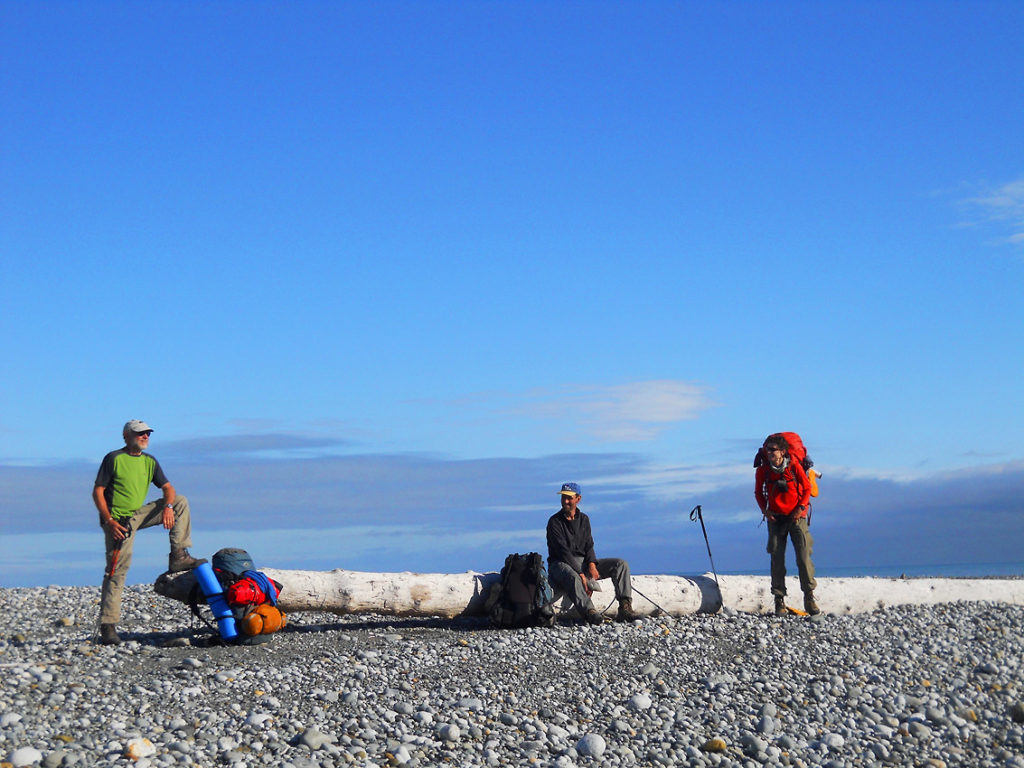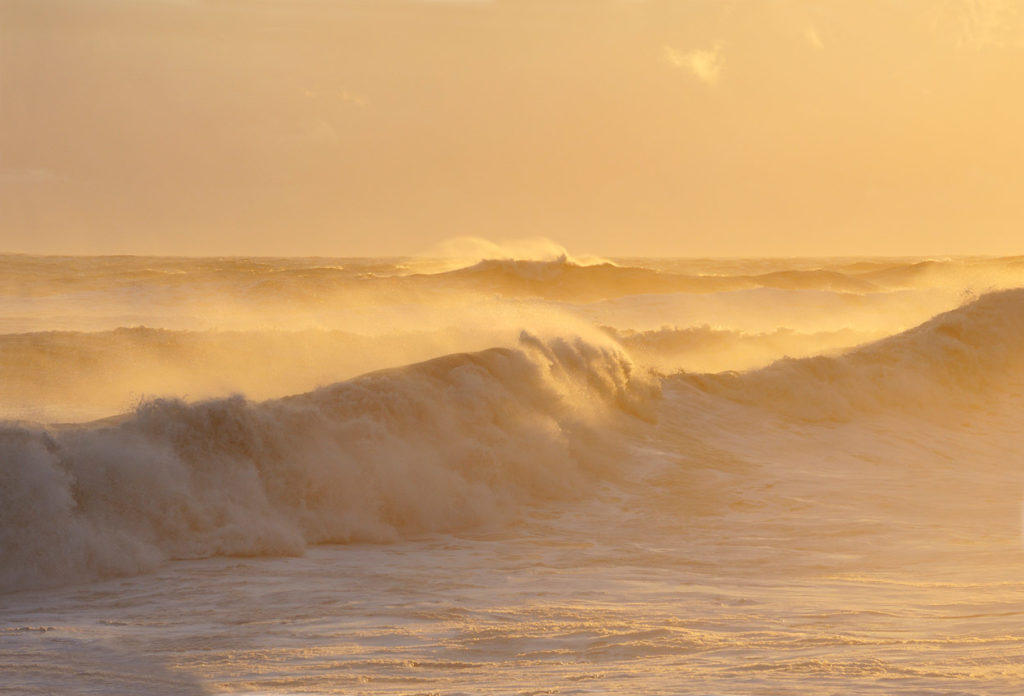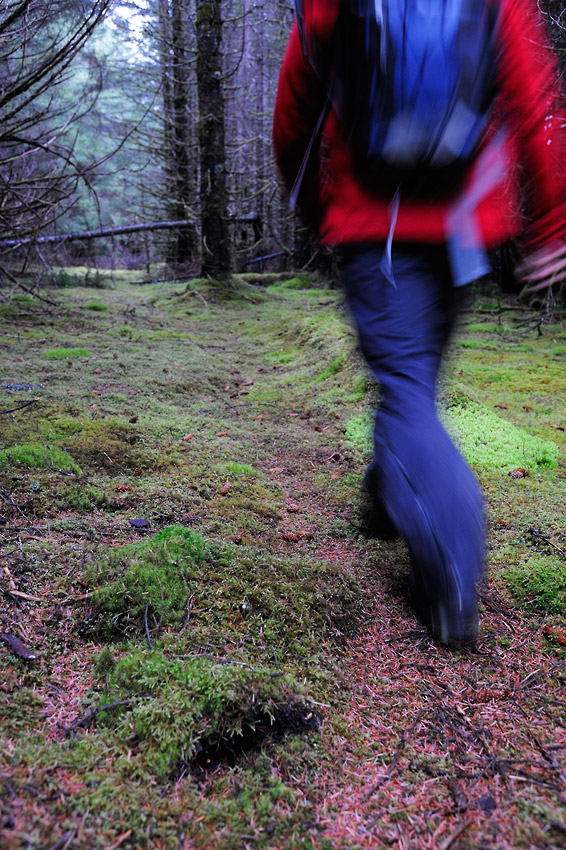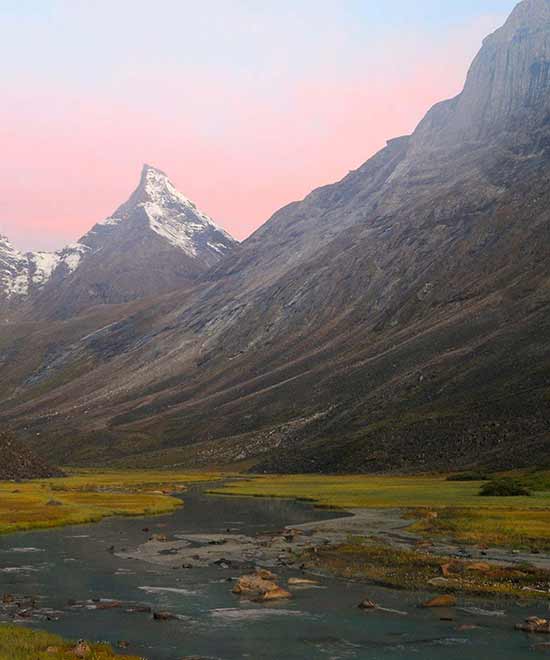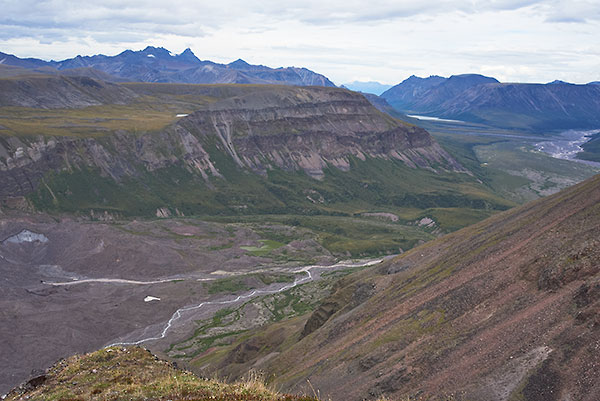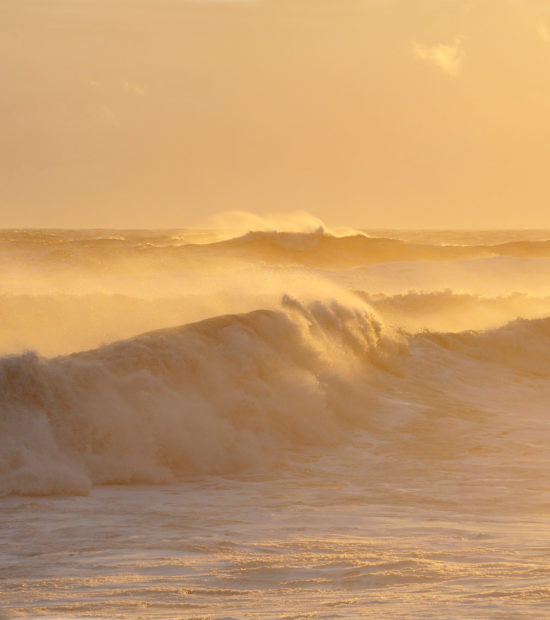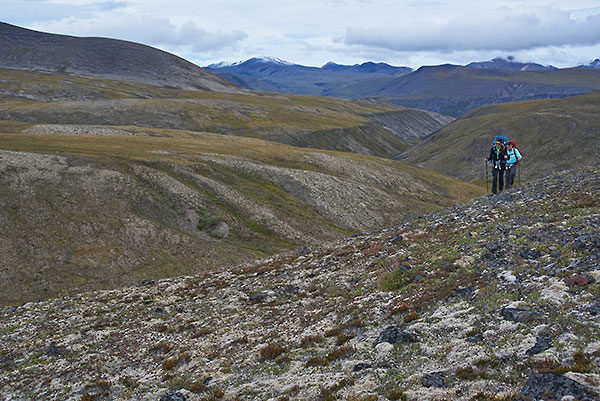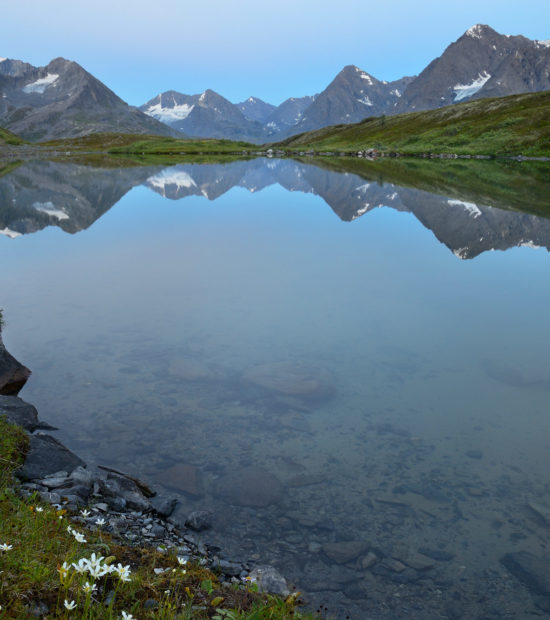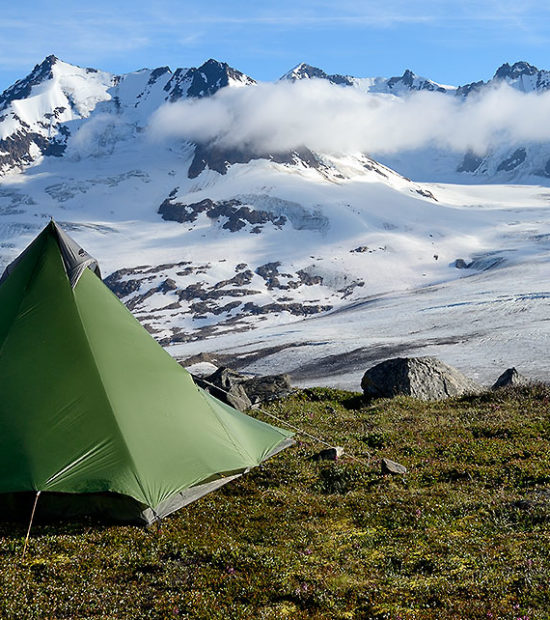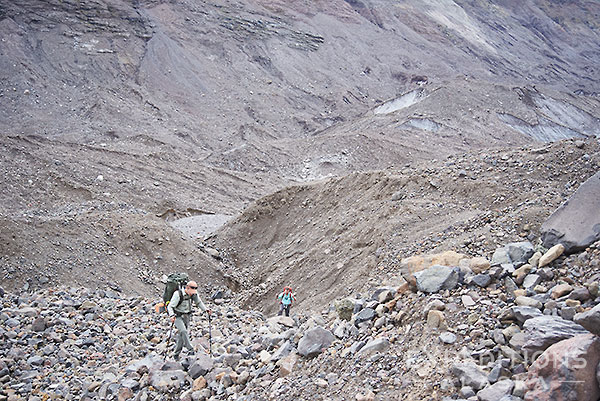What Are We Looking At?
MALASPINA GLACIER
The glacier is formed by the intense weather that brings massive snow falls to the St. Elias Range. The force of all that ice together is enough to force the glacier to actually flow uphill across the coastal foreland, to its confluence with the ocean (contrary to most reports, the glacier DOES terminate at the ocean) . The glacier is actually a compound glacier formed by the merging of 2 glaciers. The Agassiz to the west and the Seward to the east. East to west the Malaspina Glacier is about 40 miles wide at its widest point and not quite 30 miles “long” north to south, from its mountain beginnings to the shores of the Pacific Ocean.
THE MOUNTAINS
The Saint Elias Range lies on the coast of western Canada (the Yukon Territories and British Columbia) and southeastern Alaska. Urgent tectonic forces have resulted in major uplift here and the mountains are among the world’s greatest. The highest coastal mountain range in the world, the St. Elias mountains are home to both Mt. Logan (19,551′) and Mt. St. Elias (18,008′). With clear skies we’ll have view of both these peaks, as well as other peaks in the 13-15 000′ range. They’re an impressive backdrop for any outdoor adventure. At times we’ll be within a stone’s throw of Mt. St. Elias. It sits less less than 10 miles away.
Malaspina Trip Video
The Backpacking
We’ll begin the route north of the glacier in the Samovar Hills.* A few days of basecamping and dayhiking to explore the mountains here and find ourselves the best vantage point to view nearby Mt. St. Elias from. You’re less than 10 miles away rises the 2nd highest mountain in the country. A grand view.
From there we’ll hike south on to the Malaspina Glacier. Depending on weather and conditions we’ll aim to spend 3-4 nights on the ice, hiking and exploring this amazing glacier. We’ll carry crampons or ice stabilizers for the ice. Although much of the ice is fine to hike without them they’re useful on some stretches.
Once we reach the southern edge of the ice we’ll use packrafts to float the glacial outlet river to the beach. A short and easy paddle, these little boats have really changed the way we travel in the backcountry. They’re amazing. Avoid the bushwhacks and scrambles and harder hiking and float the river. Camp on the beach and then we follow the shoreline and forest east a few days toward our pickup spot. The packrafts are invaluable again for crossing the few rivers and streams we’ll encounter on the way here.
(* – As with all Alaska backcountry trips, weather conditions affect the decisions we make. All the best laid plans fall by the wayside with major changes in the weather. It’s possible that even as late as August and September we may not be able to fly in to the Samovar Hills due to snow on the ground, etc. In that case we’ll take an alternate landing spot and route on to and across the glacier.)
Cool Stuff
Trivia Question
How can a glacier traverse include NEGATIVE elevation?
Malaspina Glacier actually sits in something of a bowl. Essentially, it’s a big frozen lake. And yes, as we hike towards to coast, you’ll be gaining elevation at times. Pretty nifty.
The curving looping lines of the lateral and medial moraines on Malaspina Glacier are a result of the surging, lurching movement of the glacier over the years. The moraines at the edges become folded, compressed, and sheared to form the characteristic loops seen on Malaspina.
Who's This Trip For?
Not for the faint hearted. It’s not an easy hike, though much of it is not difficult. Some stretches are a little tougher though, with glacial moraine a main challenge. Walking over piles of rocks is very different to walking on groomed trails. Similarly, camping on ice requires a different set of skills and some gear changes (see below). Pack weights will be higher than normal. Also we’ll be doing some packrafting, which means some level of comfortability around water is requisite. Although it’s easy paddling, if you’ve no paddling experience at all this trip might be out of your comfort level.
For people who are comfortable in the backcountry, enjoy huge views, diverse and variable terrains, extreme solitude, and a challenge, this trip is ideal.
Gear Challenges
For most people this trip involves gear you’re not used to using. Crampons or ice stabilizers, 2 sleeping pads (one hard cell pad like a Z rest and another inflatable pad. Or a thicker insulated winter pad like the offerings by Exped. I recommend the Winterlite or the Downmat 9 for extra comfort), packrafts, etc. That means you’ll have to be comfortable carrying a little more gear than you might be used to.
Expeditions Alaska will provide packrafts and paddling equipment as well as glacier safety gear (ropes, ice screws, etc). You’ll also need a pair of crampons or ice stabilizers (see Kahtoola Micro Spikes). These items are available as rentals if you need. I’d also recommend a little extra warm clothing for the few days we’ll spend on the glacier. All that ice gets cold!
Lastly, because we’ll be camping on the ice quite a bit, an alternative to tent stakes is required. A handful of guylines for your tent, long enough to tie it off to good-sized rocks, is the way to go.
I provide you with a detailed comprehensive gear check list upon reservation.
Where Are We?
Trip Logistics
We’ll depart via plane in the morning from Yakutat **, and fly directly in to the backcountry via a chartered air taxi. You’ll need to have everything packed and ready for the backcountry when you arrive in Yakutat, do not plan on getting any last minute items in Yakutat, especially if you fly in that morning. Then we hit the backcountry, where we spend the next 8-12 nights exploring and hiking an incredible mix of geologic and ecological landscapes.
Sample Itinerary
This trip will begin in Yakutat. We’ll depart via plane in the morning from Yakutat **, and fly directly in to the backcountry via a chartered air taxi. You’ll need to have everything packed and ready for the backcountry when you arrive in Yakutat, do not plan on getting any last minute items in Yakutat, especially if you fly in that morning. Then we hit the backcountry, where we spend the next 8-12 nights exploring and hiking an incredible mix of geologic and ecological landscapes.

